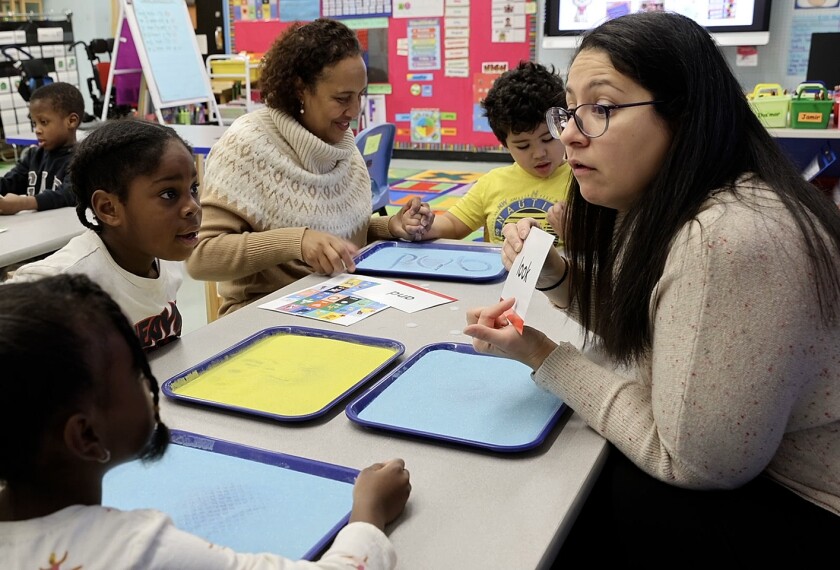After years of deepening child poverty, new federal data show a sharp rise in the number of homeless students who also have disabilities or limited English proficiency.
From 2012 to 2015, the number of homeless students grew 3.5 percent, to 1.3 million, finds a report by the National Center for Homeless Education at the University of North Carolina, Greensboro. More than 1 in 4 school districts now receives federal money to support education services for homeless students, who may be living in shelters or hotels, on the street, or doubled up with other family or friends.
The percentage of homeless students with disabilities in pre-K-12 has jumped 13 percent in the last three years. In some states, like Minnesota and Pennsylvania, more than 20 percent of homeless students now qualify for special education.
English-language learners are also a growing part of the homeless student population, with 4 percent more than in 2012. Homeless ELLs are most concentrated in the Southwest.





